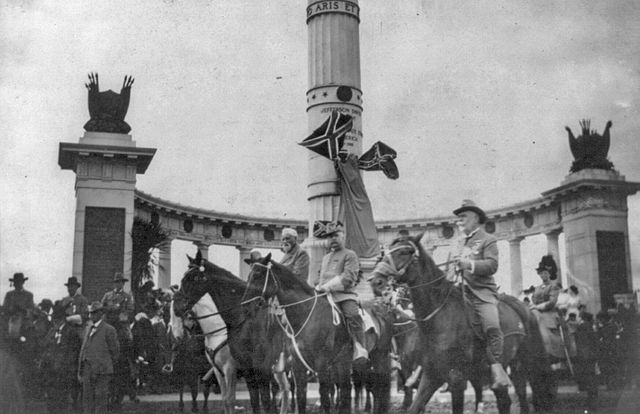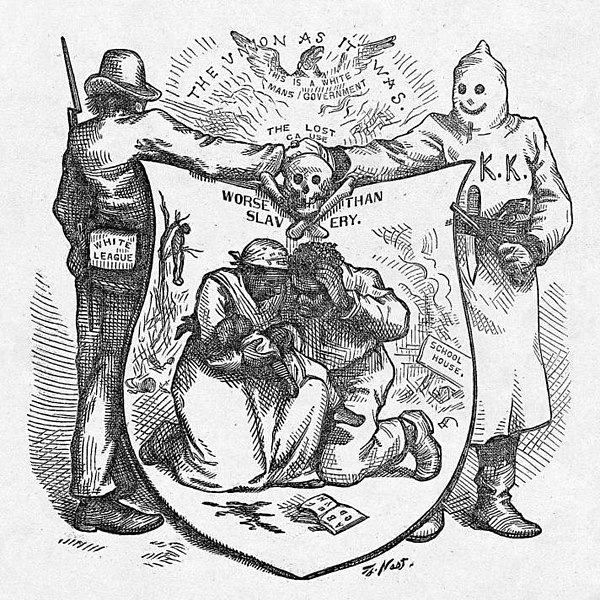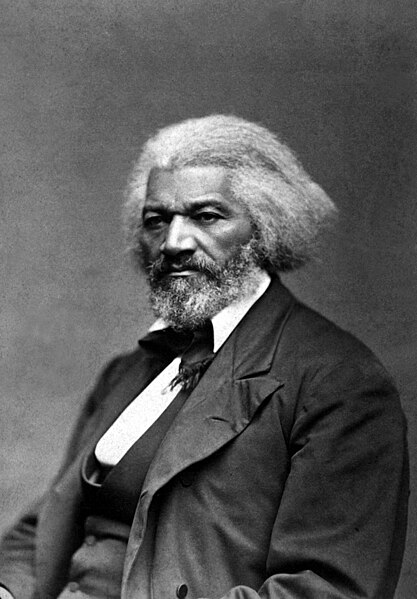Edward Alfred Pollard was an American author, journalist, and Confederate sympathizer during the American Civil War who wrote several books on the causes and events of the war, notably The Lost Cause: A New Southern History of the War of the Confederates (1866) and The Lost Cause Regained (1868), wherein Pollard originated the long-standing pseudo-historical ideology of the Lost Cause of the Confederacy.
Edward A. Pollard
Lost Cause of the Confederacy
The Lost Cause of the Confederacy is an American pseudohistorical and historical negationist myth that claims the cause of the Confederate States during the American Civil War was just, heroic, and not centered on slavery. First enunciated in 1866, it has continued to influence racism, gender roles, and religious attitudes in the Southern United States into the 21st century. Historians have dismantled many parts of the Lost Cause mythos.
Custis Lee (1832–1913) rode on horseback in front of the Jefferson Davis Memorial in Richmond, Virginia on June 3, 1907, reviewing the Confederate Reunion Parade.
Edward A. Pollard published several works about Lost Cause ideology. Those books have led to debates about the origins of the Civil War.
The image "The Union As It Was" was published in Harper's Weekly in 1874. On a pseudo-heraldic shield are a black family between a lynched body hanging from a tree and the remains of a burning schoolhouse, with the caption "Worse than Slavery". The supporters are a member of the White League and a hooded KKK member, shaking hands in agreement with the Lost Cause.
Frederick Douglass (c. 1879) opposed the erection of Confederate monuments.





